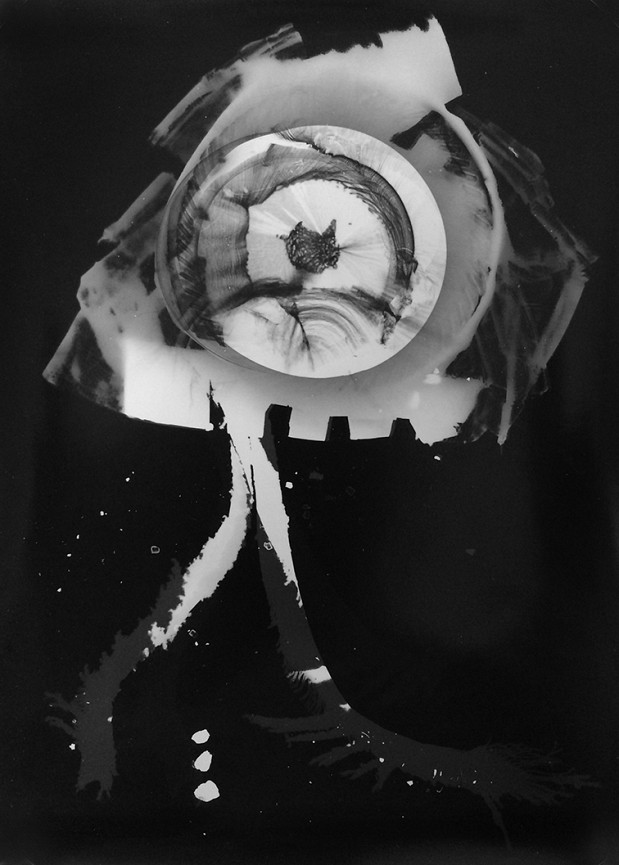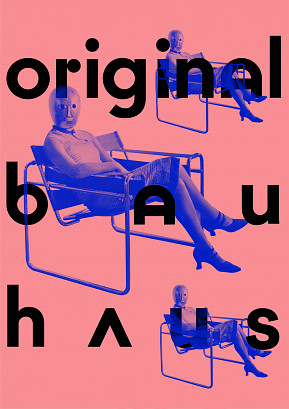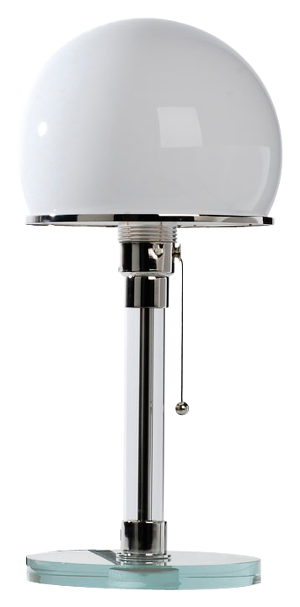
Erika Babatz, Aus der Serie "Abysaal", Abysaal 30, 2012, Fotogramm auf Bromsilber-Barytpapier, 18 x 12 cm, Papier © Erika Babatz
Wonders of chemistry and light
The photo artist Erika Babatz taught a workshop on the photogram as part of the centenary exhibition original bauhaus. She talked with us about the magic of the photogram and its significance at the Bauhaus.
Erika, first of all: What is a photogram?
A photogram is photography without a camera. A portrait of shadows. You have a light-sensitive surface, a photo paper, on which you place objects and throw light. And where the light doesn't fall, there the paper remains white after development. Where there are no objects, the paper turns black. Only three ingredients are needed: chemistry, light and an object.
Which objects produce the most beautiful photograms?
You can basically make photograms with all kinds of objects, but the most beautiful shadows and grayscales are created by objects that have different transparencies: plastic, glass, flowers, leaves. It also depends on the exposure - you can move the objects a little and then re-expose them. I myself prefer to work with rubbish: with things that have been thrown away, that you can find on the street and that are seemlingly worthless.
So you make beauty out of rubbish?
I try. I don't always succeed, but I try!
original bauhaus dedicates a whole exhibition chapter to the photogram. Why is the photogram so important for the Bauhaus?
In the history of photography, there is a nice argument about who invented the photogram - whether Man Ray in France or Moholy-Nagy in Berlin and later at the Bauhaus. Actually, the photogram was invented by Talbot in the 19th century, but then it was forgotten for a long time. In my opinion, however, Moholy-Nagy was the one who elevated it to an art form. Together with his wife Lucia Moholy, who was a photographer, he experimented intensively with cameraless photography. Moholy-Nagy was the first to use the word "photogram". In an essay he compares light as a newly discovered creative medium with colour in painting or sound in music.
For the Bauhaus, the photogram was important because it allows us to explore the properties of light and objects - and how we can reproduce a three-dimensional world on a two-dimensional surface. The photogram is a wonderful thing that you can play with and that teaches you a lot at the same time. This was also the approach of the preliminary course at the Bauhaus.
You speak of the magic of the photogram. What is this magic?
The photogram is created with a hunch. You learn to play with the objects and the light, but you never know what the result will be. The developed image always looks different than what you imagined. This uncontrollability, chance and surprise at the end make it a magical process.
The workshop "Photograms - Photography without a camera" with Erika Babatz took place on 22 Sep 2019 at the Berlinische Galerie.
All pictures © Erika Babatz

original bauhaus, reproduction: Woman wearing a theatrical mask by Oskar Schlemmer and seated on Marcel Breuer’s tubular-steel chair, c. 1926. Photo: Erich Consemüller, Bauhaus-Archiv Berlin / © Dr. Stephan Consemüller
